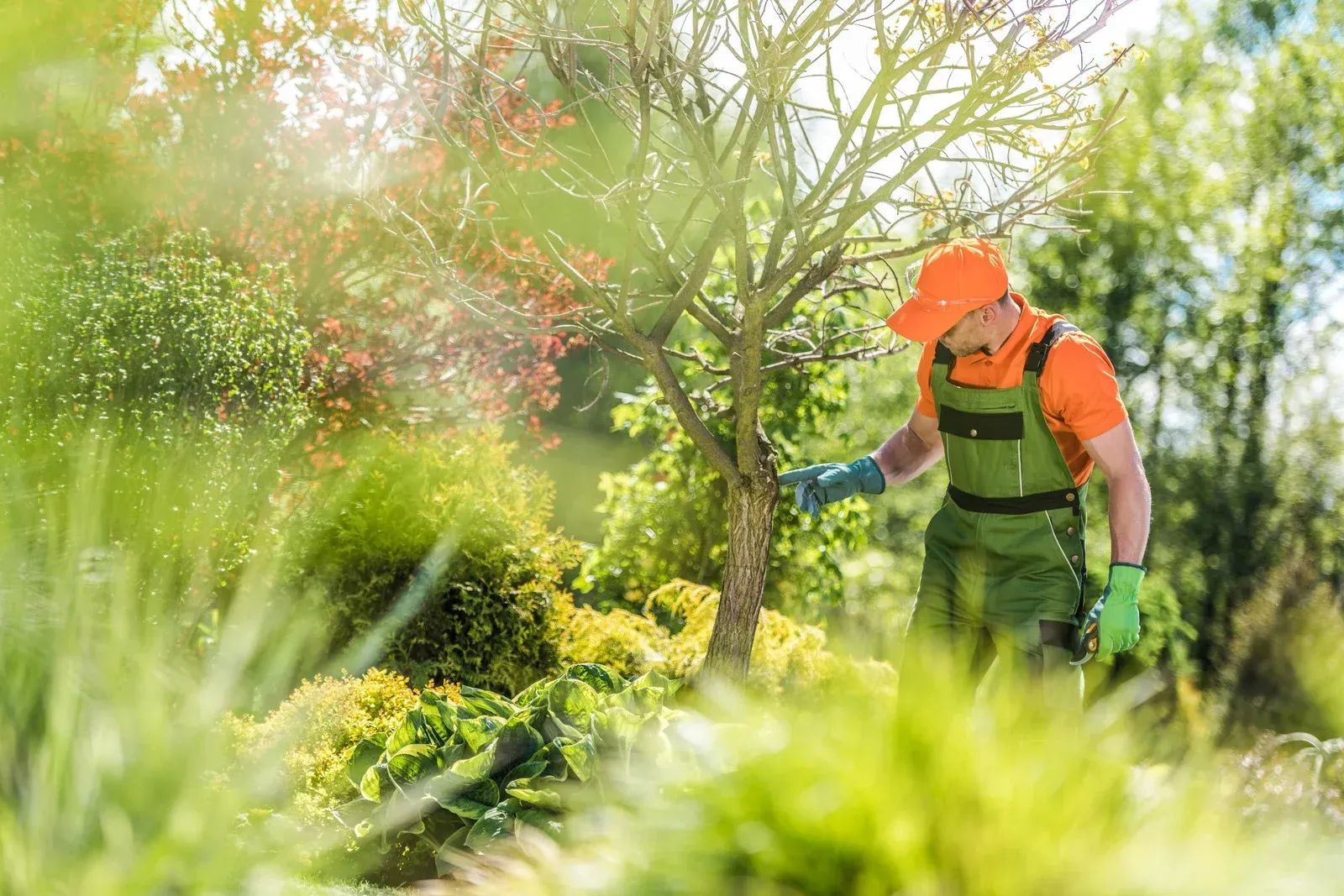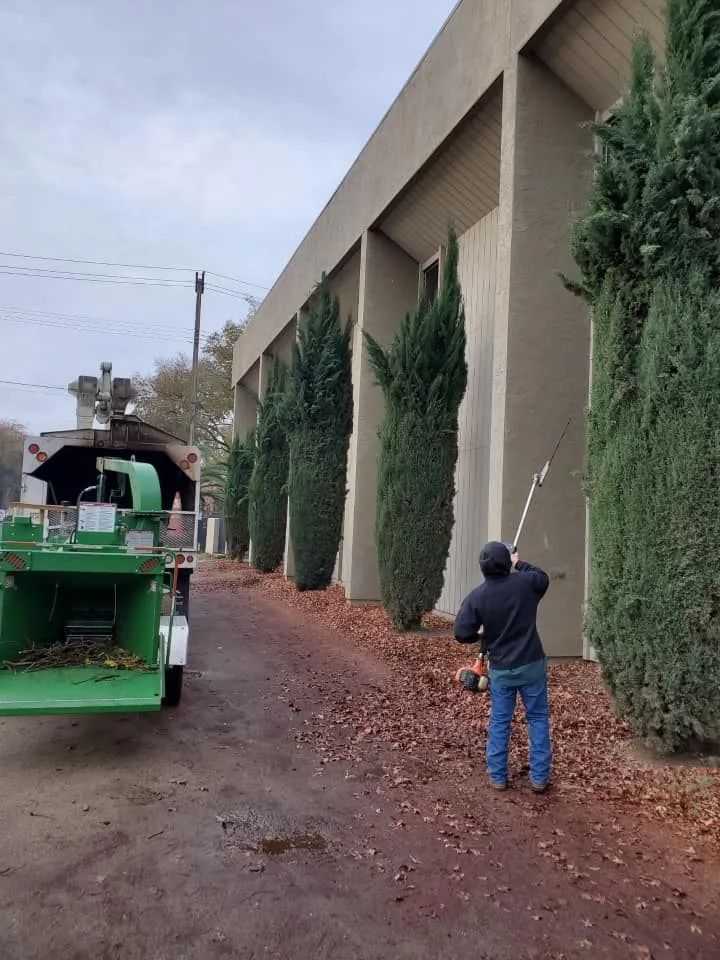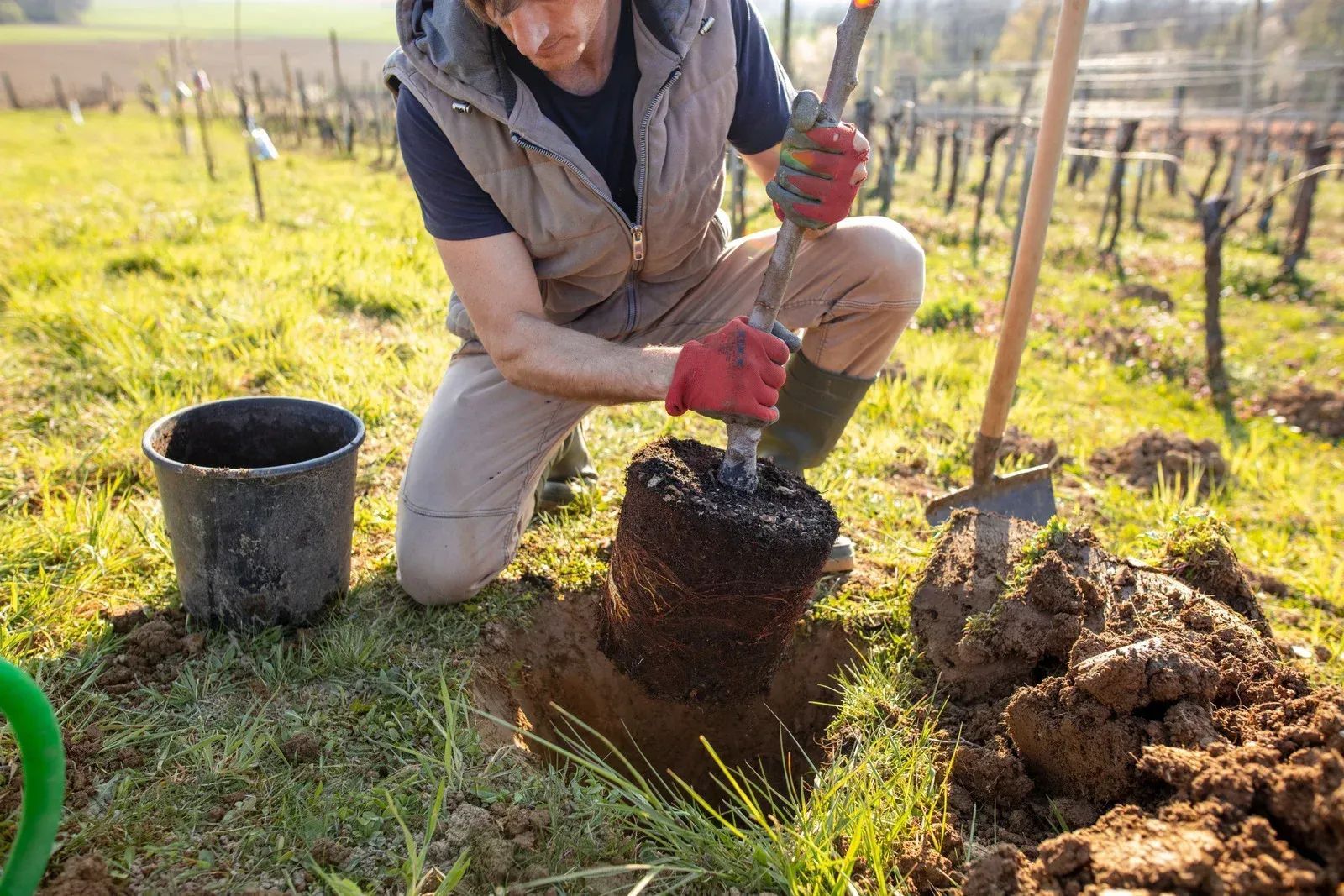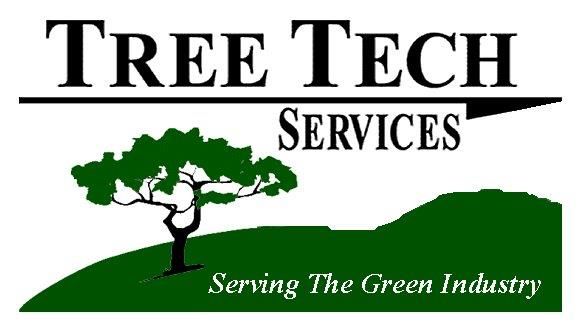How to Identify and Prevent Common Tree Diseases
April 30, 2025

Trees are an essential part of any landscape, providing beauty, shade, and fresh air. However, like all living organisms, trees can become vulnerable to diseases that affect their health and longevity. Identifying and preventing common tree diseases early is key to keeping your trees healthy and thriving. Here are some of the most common tree diseases to watch out for and tips on how to prevent them.
1. Powdery Mildew
Powdery mildew is a fungal disease that affects a wide range of trees, particularly those in dry, shaded environments. The first sign of powdery mildew is the appearance of white or grayish powdery spots on leaves, stems, and buds. As the disease progresses, leaves may become distorted or discolored, and growth may slow down.
Prevention Tips:
- Water trees at the base, not on the leaves.
- Prune trees to improve airflow and reduce humidity around the leaves.
- Use fungicides as a preventive measure if the disease is common in your area.
2. Root Rot
Root rot is a fungal disease that typically occurs when trees are planted in poorly drained soils. It can also be caused by overwatering or flooding. The symptoms of root rot include wilting, yellowing leaves, and a general decline in tree health. If left untreated, root rot can kill a tree in just a few seasons.
Prevention Tips:
- Ensure proper drainage around the base of the tree.
- Avoid overwatering or planting trees in poorly drained areas.
- Remove any infected roots when pruning
3. Leaf Spot Diseases
Leaf spot diseases, caused by fungi or bacteria, are a common issue for many types of trees. They cause spots or lesions on the leaves, often surrounded by a yellow or brown halo. While they may not always kill a tree, they can weaken it and make it more susceptible to other diseases.
Prevention Tips:
- Rake up and dispose of fallen leaves to prevent the spread of spores.
- Prune infected branches and leaves to improve air circulation.
- Apply fungicides during wet weather to prevent fungal growth.
4. Aphid Infestation
While aphids are technically insects, they can cause significant damage to trees by transmitting diseases such as sooty mold and weakening tree growth. Aphids suck sap from leaves and stems, leaving behind sticky residue and attracting mold growth. The damage can cause leaves to curl, turn yellow, or drop prematurely.
Prevention Tips:
- Encourage natural predators like ladybugs to control aphid populations.
- Use insecticidal soap or horticultural oils to treat aphid infestations.
- Regularly inspect your trees for early signs of aphids
5. Dutch Elm Disease
Dutch Elm Disease (DED) is a fungal disease spread by beetles that affects elm trees. The disease causes the leaves to wilt and turn yellow, eventually leading to the death of the tree. It is particularly devastating because once an elm is infected, it’s often too late to save the tree.
Prevention Tips:
- Remove any infected branches immediately.
- Use insecticides to control the beetles that spread the disease.
- Regularly inspect your trees for early symptoms of DED.
Identifying and preventing
tree diseases is vital for your landscape's health and beauty. If you see signs of disease, act quickly and seek professional help. At Tree Tech Services, we have over 35
years of tree care experience. Serving Sacramento, CA, we provide expert diagnosis, treatment, and maintenance to keep your trees healthy year-round. Contact us to schedule an inspection and protect your trees from diseases!






